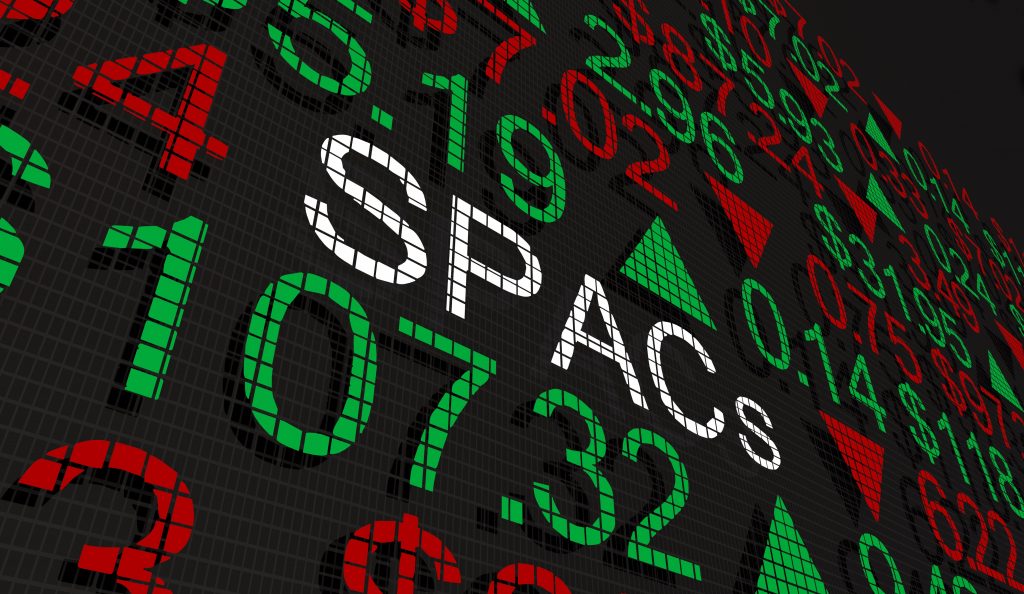Special Purpose Acquisition Company

People invest for so many reasons. They can be looking for that unicorn or a privately held startup company with a value of more than $1 billion. They can be looking for a safe investment that will give them a sustained source of income for the long run. Or they are looking for an investment that will sustain them through their retirement years.
There are different ways to invest that offers an individual the opportunity to achieve his or her particular goal.
One popular form of investment these days is a Special Purpose Acquisition Company also known as a SPAC.
What Is A SPAC?
The first thing you need to know about a Special Purpose Acquisition Company before you invest in one is what it is.
Simply put, it is a company with no commercial operation that is created for the purpose of raising capital through an initial public offering also known as an IPO. The company intends to use the money raised through an IPO to purchase an existing company. Another name for this form of investment is a “Blank Check Company.”
SPACs are not new. They’ve been around for decades. However, they have become a popular way to invest in a company in recent years. This form of investment raised a record $13.6 billion in 2019, four times the amount raised in 2016. In the period of time between January and August, 2020, more than 50 SPACs were formed in the United States and they raised as much as $21.5 billion. Such investment banks as Goldman Sachs, Credit Suisse, and Deutsche Bank have funded SPACs in recent years. Moreover, retired or semi-retired senior executives have participated in this short-term option.
SPACs have become popular due to the severe market instability caused partially by the COVID-19 pandemic.
How SPACS Work
Investors or sponsors with a specific knowledge in a particular trade commonly create a SPAC with the purpose of searching out a company to acquire that is within their area of expertise. Usually the investors who are involved in a SPAC are targeting a particular company for acquisition when they form the investment. However, they don’t identify what the target is so that they can prevent certain disclosures that may be required during the IPO process. So investors that participate in the IPO don’t know what company they will be eventually investing in.
The money collected during the IPO is deposited into an interest-bearing trust account. The funds are distributed only to complete an acquisition. If no purchase is achieved within two years of the formation of the SPAC, then the money is returned to the investors. Once a purchase is completed, the SPAC is listed on a major stock exchange.
Benefits Of Selling A Company To A SPAC
Executives of a company may be attracted into selling their business to a SPAC because the transaction can increase the sales price by as much as 20 percent compared to a standard private equity transaction. Such an acquisition can also provide a company owner with a quick IPO process under the direction of experienced partners.
In addition, an investor can participate in a SPAC for a price as low as $10 a share, they acquire hot companies many in the technology field, and they are open to individual investors. SPACs are advantageous to their participants because they are open to fewer people while a traditional IPO involves multiple investors.
SPACs have purchased a number of well-known companies in recent years including Virgin Galactic, DraftKings, and Nikola Motor Company.
The Risks Of SPACS
Of course, there are risks involved in all types of investments. In the case of a SPAC, the company being targeted face the possibility that SPAC investors could reject the acquisition. Some investors have criticized the practice claiming that the due diligence of the SPAC process is not as thorough as a conventional IPO.
There has also been criticism that SPAC creators are not necessarily seeking the best deal possible and may overpay for the target company. In addition, Renaissance Capital, an investment consulting firm noted that the average return from a SPAC merger done between 2015 and 2020 have fallen short of the average post-market return for investors of an IPO.
How To Invest In A SPAC
Investing in a SPAC is not as easy as one might think if you don’t have too much contact with a person in the investment trade. For the most part, hedge and mutual funds, and financial institutions learn of the creation of a SPAC before an individual investor would. It helps for an investor to have an ongoing relationship with a SPAC sponsor. A single investor is also encouraged to seek information about pending SPACs through stockbrokers or wealth managers. Don’t hesitate to ask them to let you know once they learn of the existence of a SPAC.
In addition, some IPO-oriented investment bank websites offer information about SPACs. One firm that specializes in SPACs, Early Bird Capital, provides a list of SPACs that are vigorously searching for a company to target.
NASDAQ’s website also lists impending IPOs involving SPACs and industry associations including SPAC Research offer highlights on S-1 filings that offer information about a SPACs plans to go public.
When determining whether or not to get involved with a SPAC, be aware that you could be committing money for a year or more without knowing what the eventual investment will be. The best an individual investor can think when initially involved with a SPAC is to have faith that a good merger will occur. There are no certainties as far as SPAC investments are concerned. Keep in mind that a SPAC investment is speculative and there are no guarantees of a return.
Still, they provide small investors an opportunity to get involved in an IPO.
